Filter on
human behavior research categories

Direct observations help develop effective interventions in adolescence
Presenting a study in which family and friendship dynamics in adolescence were observed in order to develop more personalized interventions that prevent problem behaviors and adjustment issues.

Useful consumer neuroscience tools
Marketers track consumer behavior and try to understand it by learning more about the magic buy button.

Top 10 best human behavior research blog posts in 2019
As we are in the middle of the holiday season, it is time to look back on another year on the Behavioral Research Blog! What are the best reads on human behavior research?

The role of inhibitory control on substance use in adolescence
Adolescents are vulnerable to risk-taking behaviors such as substance use. Dr. Roy Otten and his team examined how early childhood stress and inhibitory control influence the risk of adolescent substance use.

Studying conflict interactions between mothers and adolescents
It is common for conflicts to arise between adolescents and their parents. However, severe conflicts can have negative effects on adolescent development. What can parents do to prevent escalating conflicts?

Early exploratory behavior in infants with Down syndrome
Object exploration is part of infants’ early development. How do infants with Down syndrome explore the world around them? And how is exploratory behavior related to their general development?
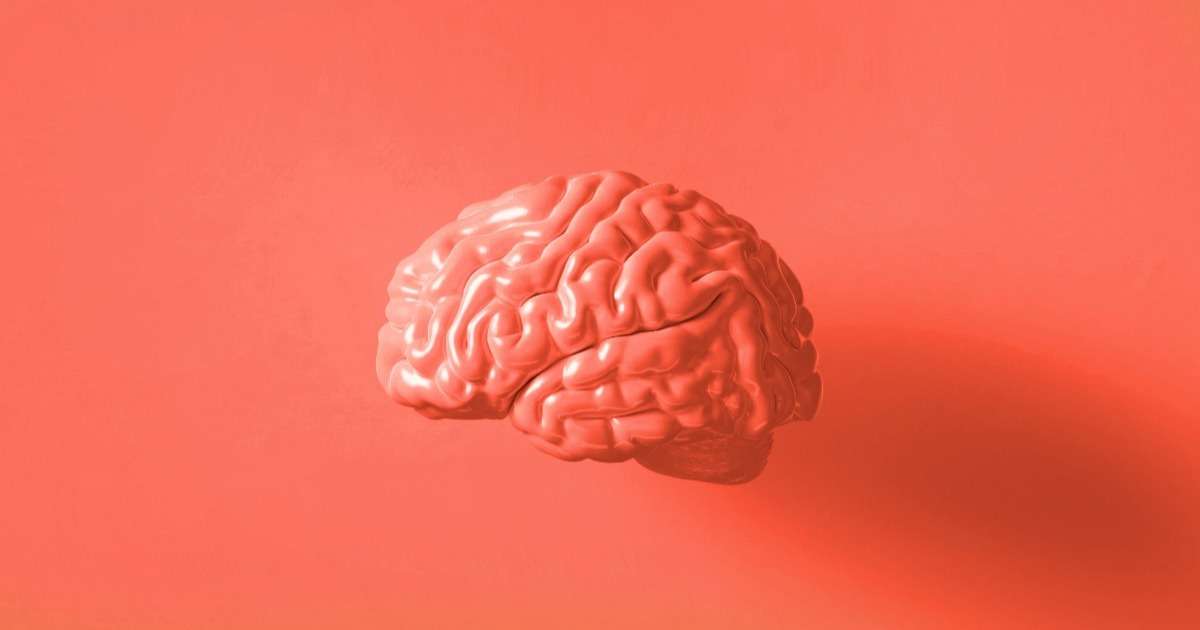
Cognitive neuroscience: Emotions
In my previous blog post, I shared some of the basics of cognitive neuroscience. In this blog post, we will zoom into a more specific part of cognitive neuroscience: emotions.

Machine learning and object detection
Humans are incredibly good at recognizing patterns. Now computers can do it as well, and that can be useful. Read more about machine learning and object detection.

Consumers' food choices and emotions
Is there a relationship between food choice and a person’s mood? Bartkiene et al. examined the factors that influence our food choice, using facial expression analysis.

SUKIPANI: The magic word for making a smile
The SUKIPANI smile is an exercise to train the muscles you use while smiling. Dr. Sugahara explains the effect of the movements of the muscles and uses FaceReader to analyze the smiles.
Filter on
animal behavior research categories

Zebrafish help us to understand neurodegenerative and neuromuscular diseases
Teresa Capriello and colleagues use zebrafish to study the neuronal mechanisms of heavy metals in connection to neurodegenerative and neuromuscular diseases.
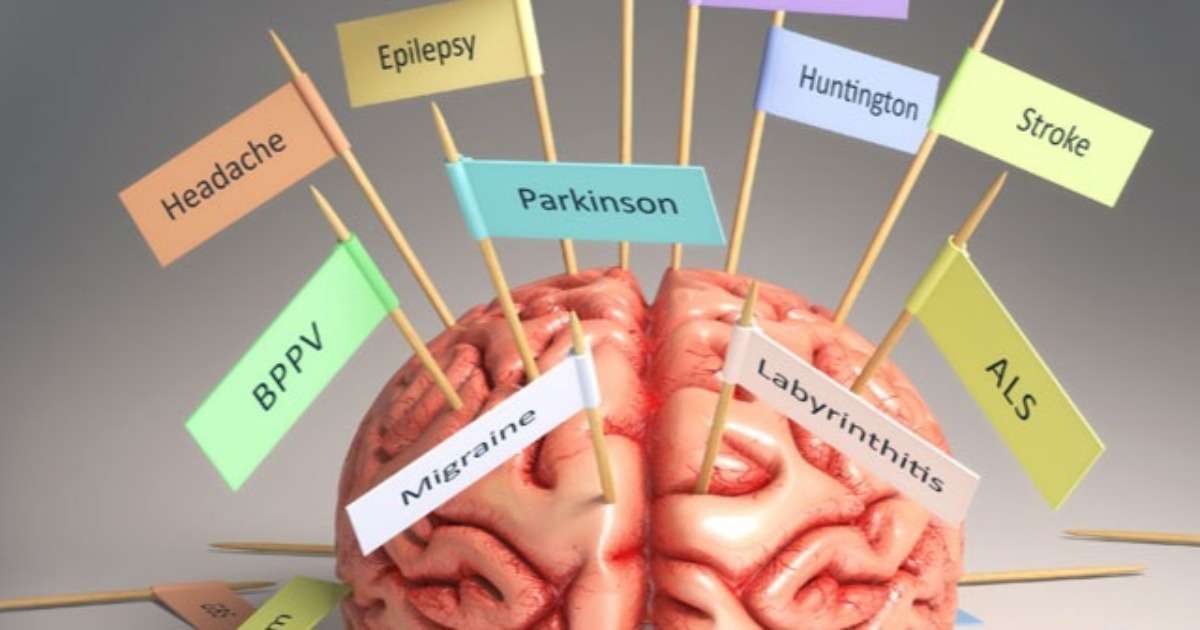
5 blog posts about brain research
During the annual Brain Awareness Week, international attention focuses on the brain to increase public awareness of the progress and benefits of brain research.

Parkinson's disease research - Relevant measures in pre-clinical studies
Parkinson’s disease: the neurodegenerative disorder that affects mobility in a life-changing way. Learn more about relevant measures in pre-clinical studies.
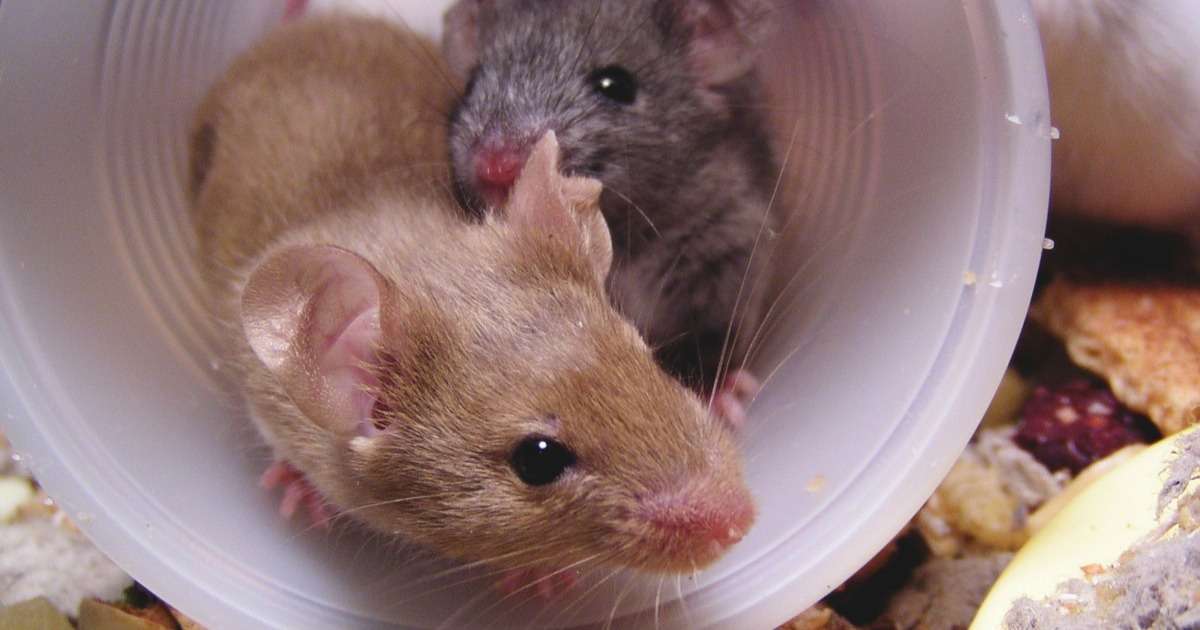
Alzheimer's research - From prevention research to natural treatment
Experts estimate that by 2050, 100 million people will have Alzheimer’s disease (AD), which is a shockingly large number. Learn more about the research that has been done in order to find a cure.
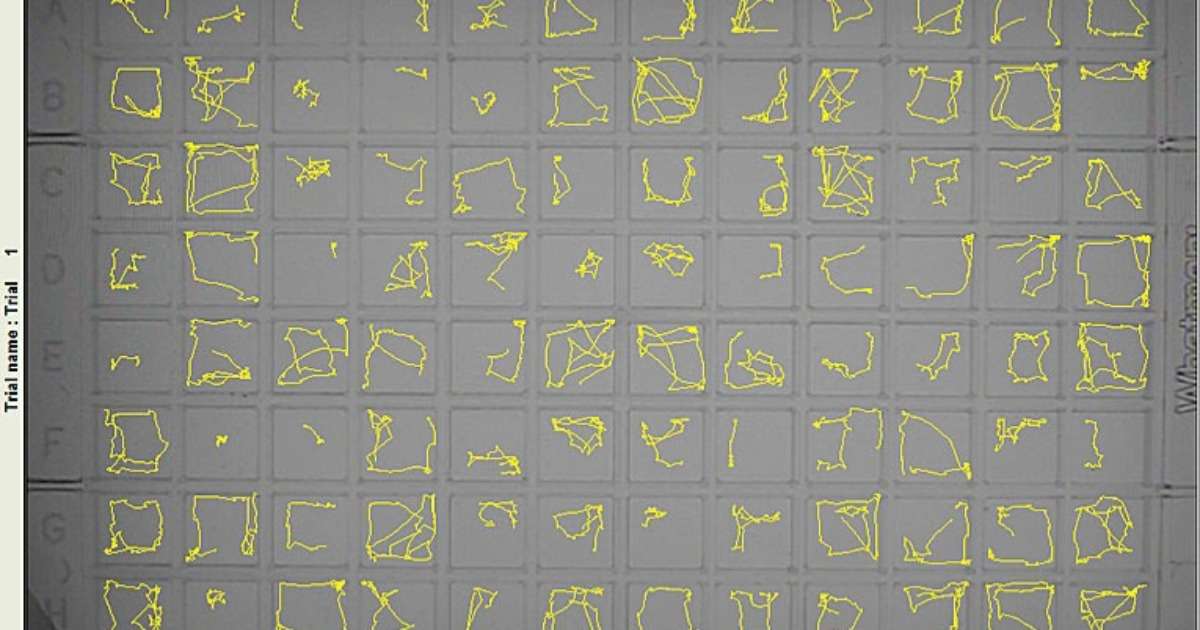
The ultimate list of neuroscience lab software tools
Are you interested in starting a new lab, or perhaps in updating your current lab to its maximum potential? If so, this list of ultimate neuroscience software tools is the place to begin.
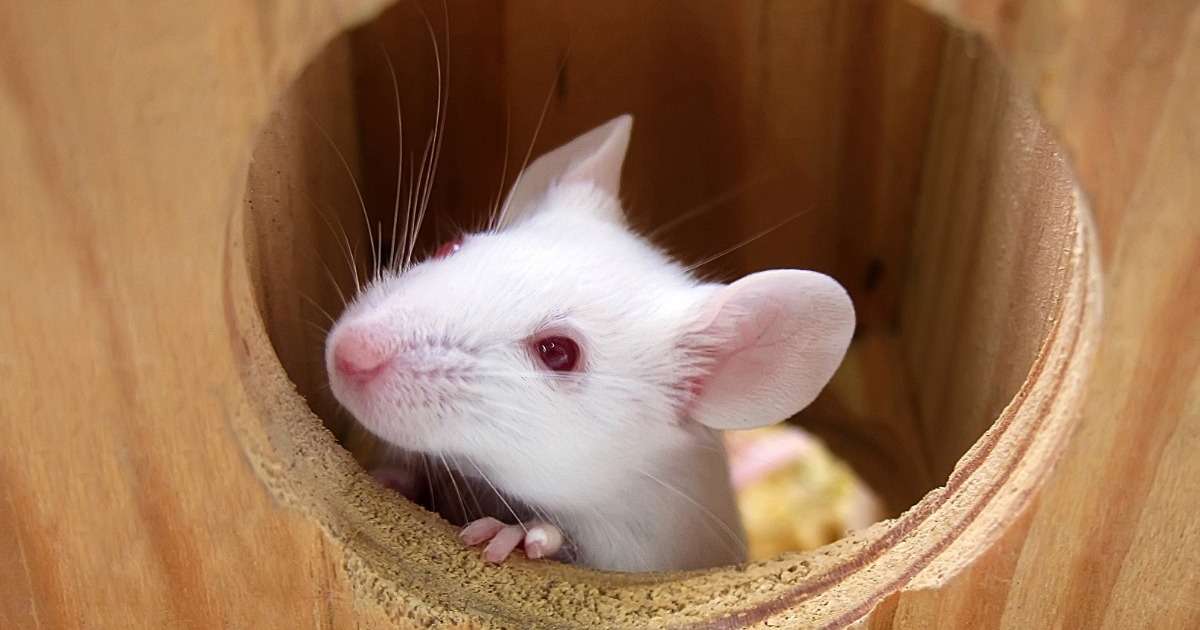
Top 10 Animal behavior research blogs
Let’s start 2019 with looking at the most popular blog posts on animal behavior research from last year. Our top 10 animal behavior blog posts from 2018.

Gait analysis at the PSDL using CatWalk
Our lab studies the Neuronal Ceroid Lipofuscinoses (NCLs) or Batten disease, which are a group of progressive and genetically inherited neurodegenerative diseases that affect children and young adults.

Into the lab: how to monitor rat social behavior
Including social behavior as part of a phenotypic screen has important benefits and eventually leads to better translational value of rodent models.
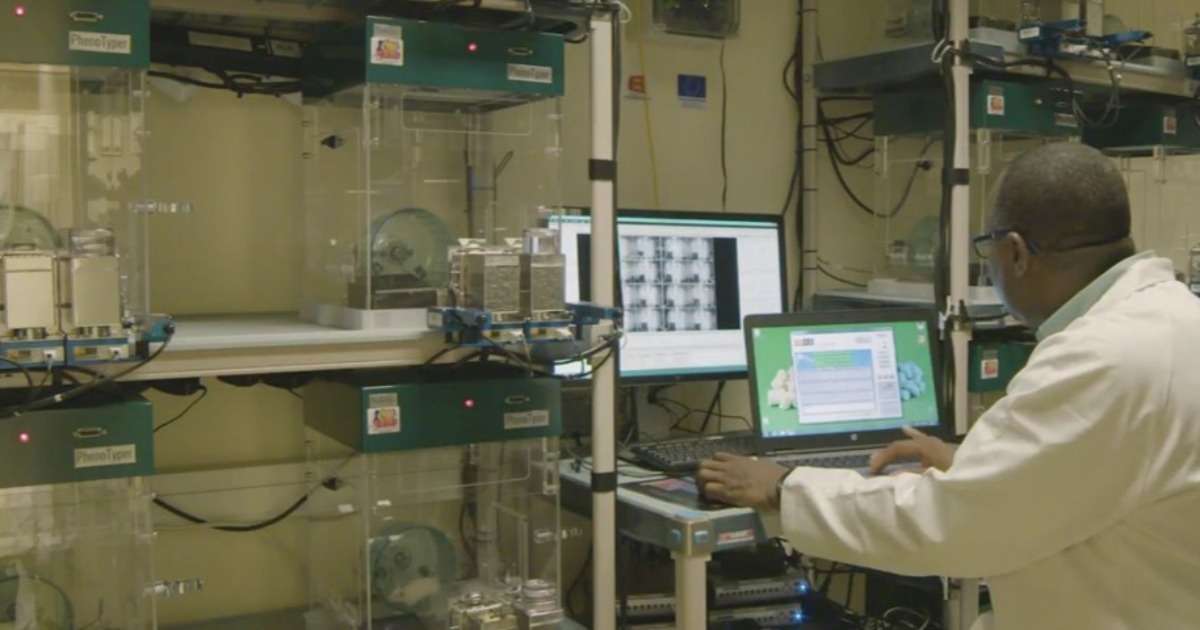
How to characterize behavioral phenotypes in a behavioral analysis facility
Introducing the Behavioral Analysis Facility. Researchers evaluate the behavioral and functional activities of new pharmacological drugs using diverse functional tests. Learn more about their recent projects.

Normalization of blood sugar reduces enhanced rewarding effect of smoking
Why are the rewarding effects of nicotine greater in diabetic rats?
